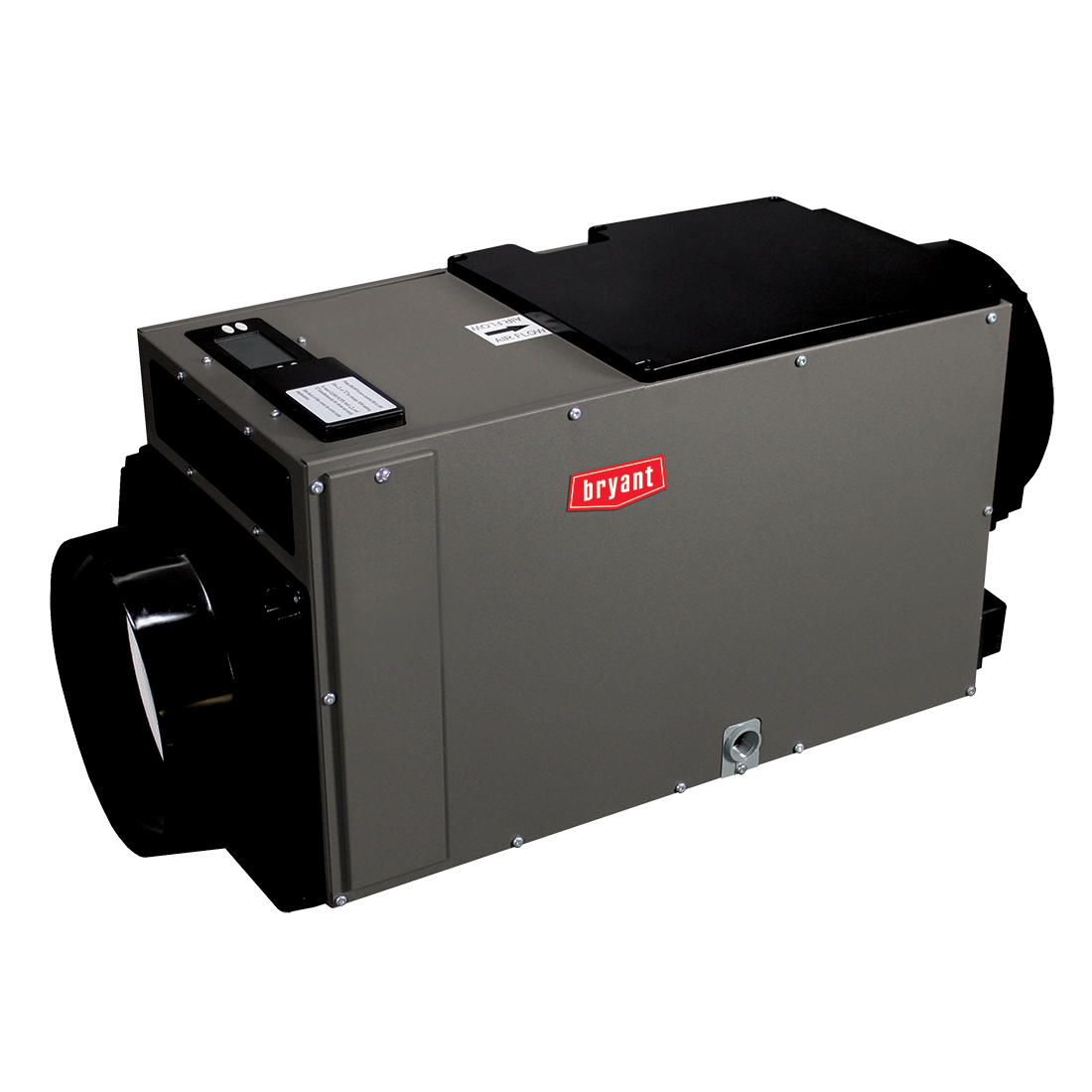Table of Content
Simply choose the system that is going to work best for your household needs. For more guidance, read our complete guide on Compressor and Desiccant Dehumidifiers. It is normal to expect that some rooms will have a higher relative humidity than other rooms. For example, the kitchen is going to read higher than a bedroom, especially when cooking.

Using a dehumidifier in the home sucks out the moisture which will decrease the ability of these particles to multiply. Here are some steps to determine if your home is too humid. These usually can collect up 20 liters of water and cover over 2,000 square feet of space.
Find the Right Humidity Levels
This dehumidifier can operate between 59 and 86 degrees Fahrenheit, with a minimum temperature of 41 degrees. A wise investment, this dehumidifier has outstanding features and performance. This dehumidifier has touch panel controls with defrost, turbo mode, shut-off, and restart capabilities for convenient use. The sort of RV you have will also affect the humidifier you choose to purchase.

Avoid short cycling your machine and ensure the longevity of your machine’s operation by making sure the machine has been off for at least 10 minutes before restarting. Read through the entire owner’s manual for your machine so you are familiar with specific care instructions. Keep the manual in a location where you can reference it easily. Monitor your reservoir tray every few hours if it is particularly humid.
Tips to Effectively Use a Dehumidifier
If you are operating the dehumidifier in a large room, place it as close to the moisture source as possible. If you don’t want a Meaco brand, you could also opt for the Dimplex Dehumidifier 16 litre – Forté instead. This unit works best in areas that could use a little more heat. Keep the doors and windows closed while using the machine. With a desiccant dehumidifier, your system will work more like a sponge. The internal heating system regenerates the desiccant to repeat the cycle again.

Cleaning the filter regularly is an important aspect of the overall maintenance of the unit. Maintaining relative humidity levels within a home and across every room, needs a good amount of planning. It is essential that every owner or person residing in a home that is prone to excess moisture in the environment invest in a good dehumidifier.
Use your dehumidifier in the right temperatures.
Learning how to use a dehumidifier in your home can be a huge help when it comes to preserving the moisture levels in your home. Dehumidifiers are a great way to get rid of excess moisture that can be found in your home. When you are dealing with excess moisture, you have the potential to increase your risk for mold, mildew and rotting food. This is all of course far better than potentially building up a mold problem or starting a fire.
Dehumidifiers work by drawing in moist air and then cooling it down. The water droplets that are formed from the cooled air are then collected in a tank or drainage system. Most dehumidifiers have a humidity level gauge so that you can see what the current humidity level is in your environment. Learn more about the effect dehumidifiers have on mold here. When the unit is operated under 54°F for long hours, a layer of frost will form on the condensor coils.
If your unit comes with a draining option, this might be better for your needs. Follow these instructions and you will know how to use a dehumidifier effectively. After running a hot shower or a load of laundry is complete, humidity is released into the room. Some bathrooms will feature exhaust fans that help this humidity to dissipate. Without adequate ventilation, humidity can lead to mould growth and bubbles in the paint.
While one dehumidifier will help, it likely won't be enough to dehumidify your whole home. You'll need to strategically place them throughout your house, especially in wetter areas, such as the basement and bathrooms. Set the drilled bucket in the intact bucket; they will be stacked together, but you should have space at the bottom between the two for run-off. The salt will absorb moisture from the air, which will drip into the bottom bucket.
If your dehumidifier is one with a side vent, make sure it has plenty of room to take in the air so it can work efficiently. The drain hose should not be run above the drain fitting. Humidity will rise during cooking as the steam evaporates into the room. Using a kitchen hood filter will add in keeping the moisture down as well as learning how to use a dehumidifier effectively. Many basements are wet and damp from the humidity in the surrounding ground. The humidity in a home’s basement can easily lead to damage of the home’s structure.
Better air circulation will allow your machine to work more efficiently. Use a large dehumidifier for a large room or basement. Using a larger dehumidifier can potentially remove moisture from a room more quickly.


No comments:
Post a Comment